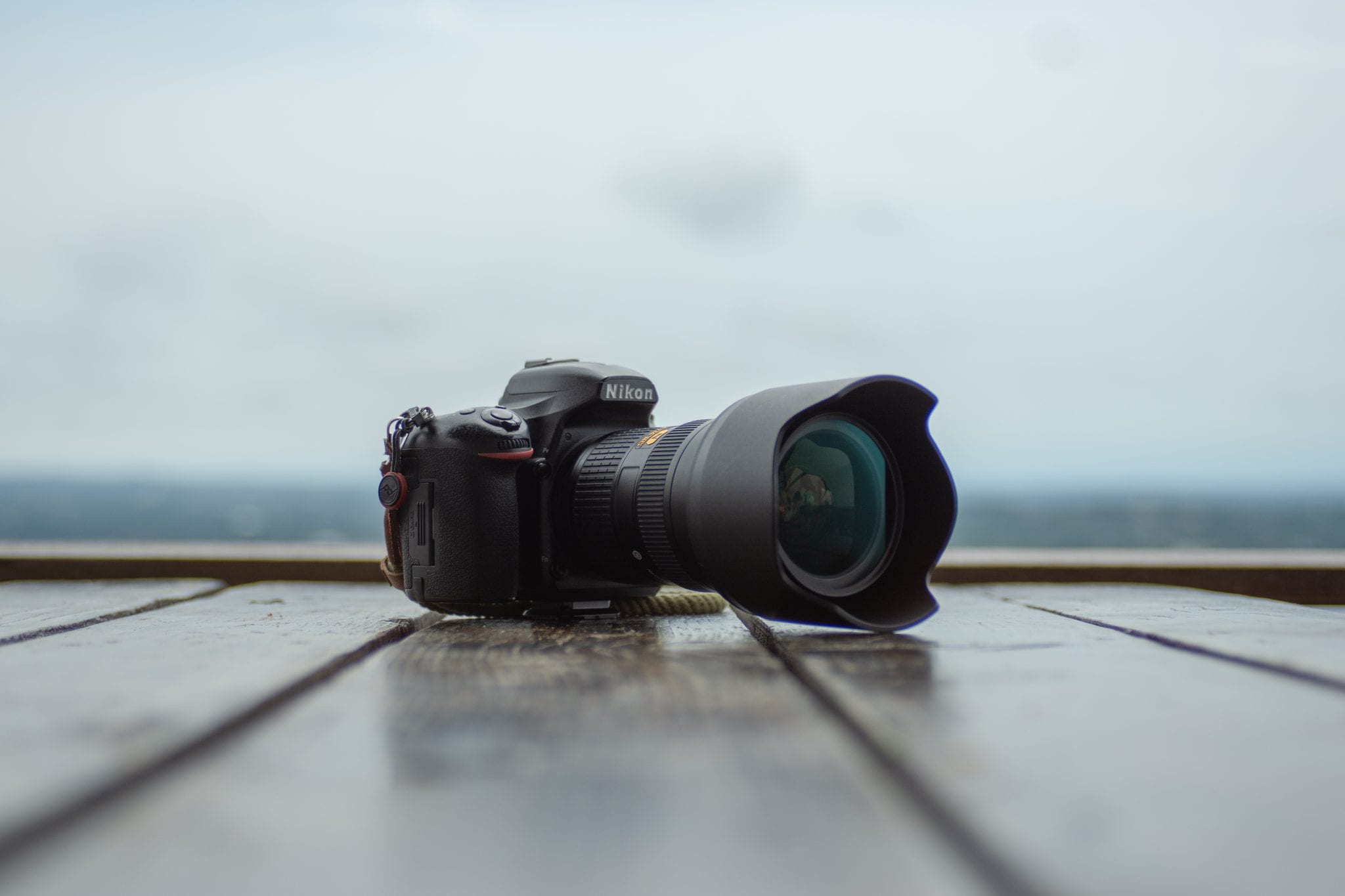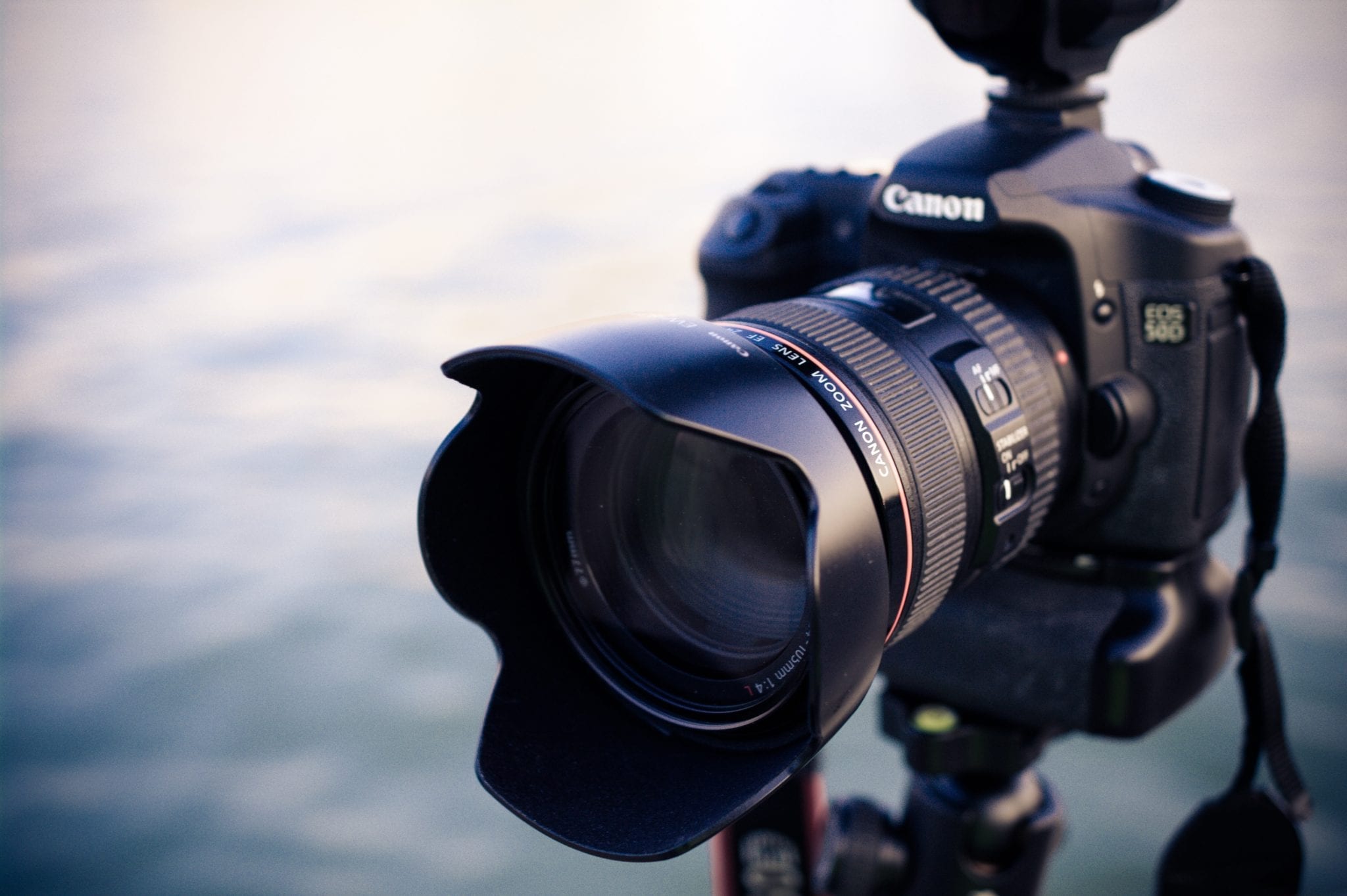On Episode 103 of The Edge of Innovation, we’re talking with professional photographer, Arthur Morris, about the best camera systems & equipment that he uses!

Hacking the Future of Business!

On Episode 103 of The Edge of Innovation, we’re talking with professional photographer, Arthur Morris, about the best camera systems & equipment that he uses!

On Episode 102 of The Edge of Innovation, we’re talking with world-renowned bird photographer, Arthur Morris, about his new camera and why he switched from Canon to Nikon to Sony!

On Episode 76 of The Edge of Innovation, we’re talking with world-renowned nature photographer Arthur Morris, about the business side of photography and how to make money as a bird photographer!

On episode 68 of The Edge of Innovation, we’re talking with freelance photographer Al Pereira, about being an entrepreneur and running Advanced Photo, a photography store in North Reading, Massachusetts.